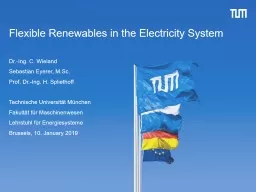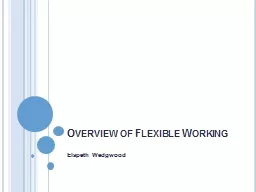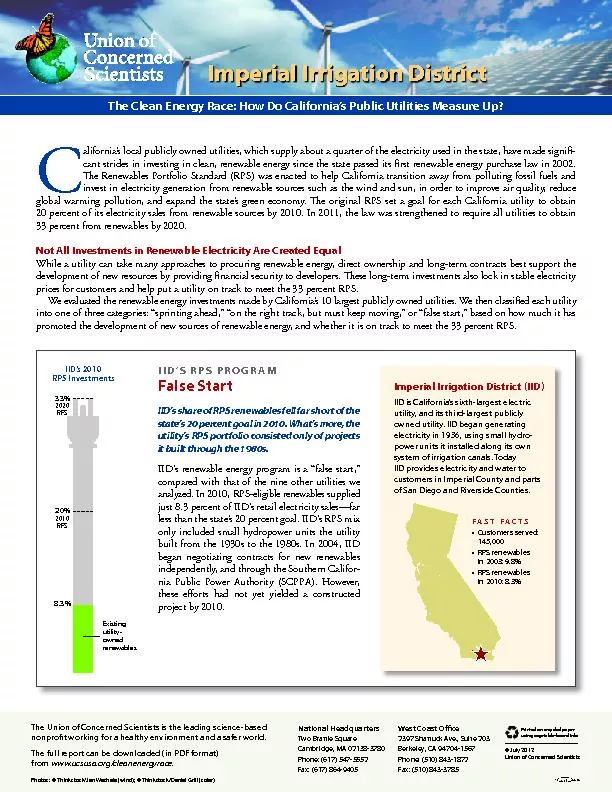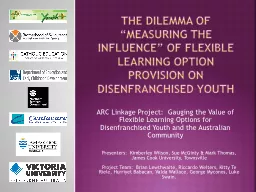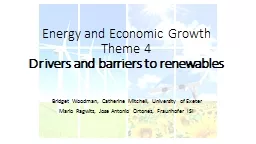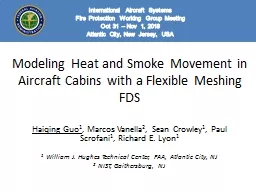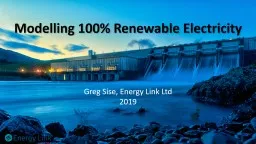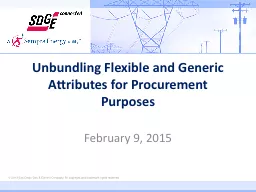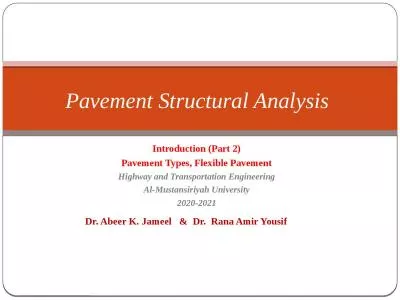PPT-Flexible Renewables in
Author : gagnon | Published Date : 2021-01-28
the Electricity System DrIng C Wieland Sebastian Eyerer MSc Prof DrIng H Spliethoff Technische Universität München Fakultät für Maschinenwesen Lehrstuhl für
Presentation Embed Code
Download Presentation
Download Presentation The PPT/PDF document "Flexible Renewables in" is the property of its rightful owner. Permission is granted to download and print the materials on this website for personal, non-commercial use only, and to display it on your personal computer provided you do not modify the materials and that you retain all copyright notices contained in the materials. By downloading content from our website, you accept the terms of this agreement.
Flexible Renewables in: Transcript
Download Rules Of Document
"Flexible Renewables in"The content belongs to its owner. You may download and print it for personal use, without modification, and keep all copyright notices. By downloading, you agree to these terms.
Related Documents

